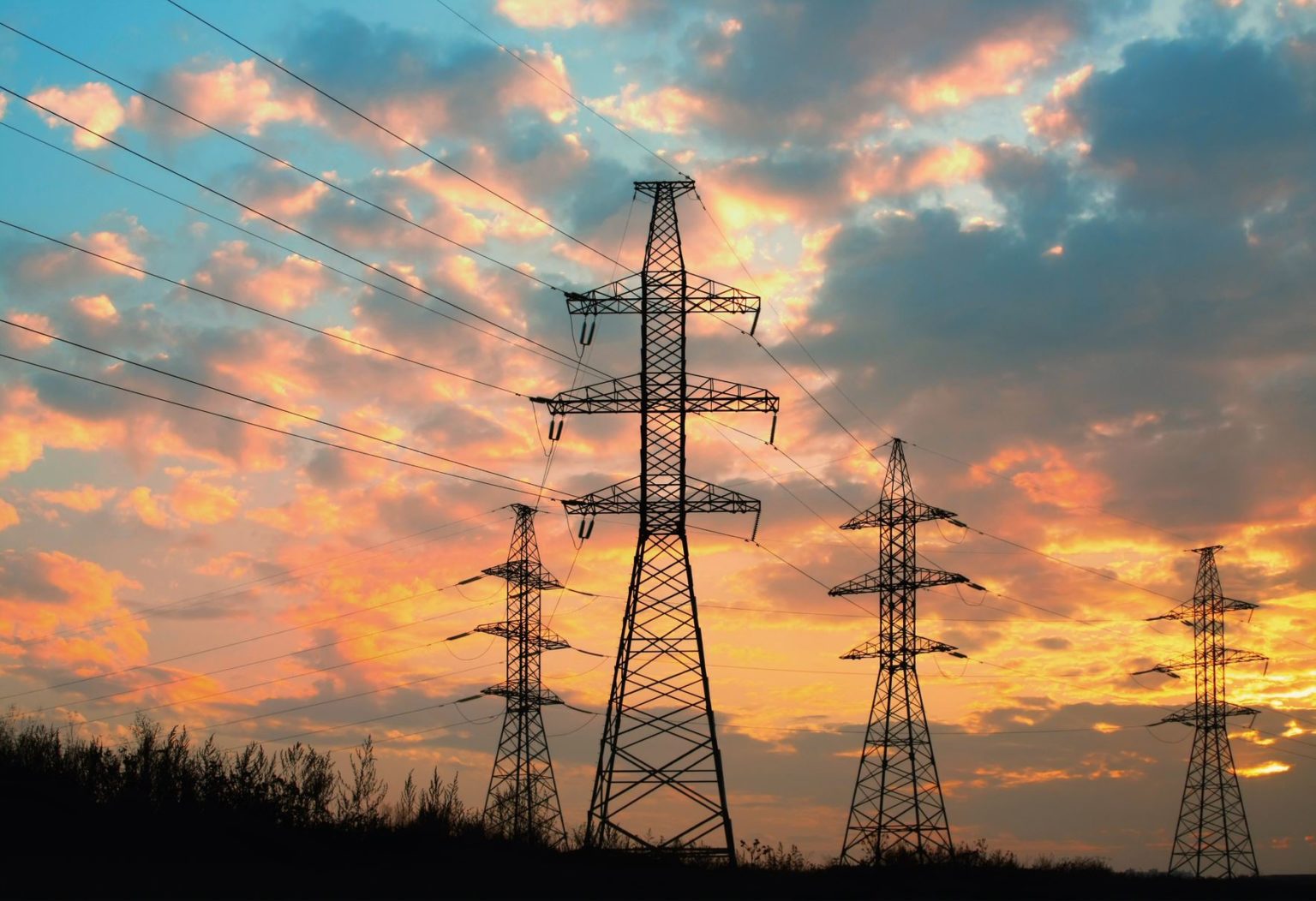Gokul Krishnan, Jeffrey Yin, Madhumithaa Vellingiri, Akash Prasad
Reducing oil consumption is a prime objective of Rapid Substitution. According to the US Energy Information Administration, a major part of the oil consumption is driven by the transportation sector; Consequently, achieving this objective will require a major substitution of gasoline-powered cars and trucks (ICE) with electric vehicles (EVs).
Our analysis of increased EV adoption along with grid decarbonization demonstrates a positive correlation with respect to an increased reduction in carbon emissions and greater savings for the end consumer.
Wide-scale adoption of EVs will pose significant challenges to efficient energy production and the grid due to the higher and more variable demand for electricity. Under existing circumstances, that increased demand for electricity will result in higher carbon emissions and add to the problems climate change. A decarbonized grid could address and overcome this issue and unlock the maximum benefits of EV adoption.
Because the Commonwealth of Pennsylvania is a major US producer of natural gas and coal, completely decarbonizing its grid will be an especially difficult challenge.
Our analysis of Pennsylvania’s existing policies related to the generation of electricity provides perspective on improvements that could be made. Our study’s objective was to achieve lower total carbon dioxide emissions with the increased substitution of EVs aligned with grid decarbonization as a way to demonstrate to policy makers the importance of ensuring that EV goals and grid goals go hand in hand.
For perspective of the issue, consider these two graphs. The first shows the portion of electricity generated at facilities in the US by the five primary fuel sources. The second details the percentage of greenhouse gases emitted attributed to the six transportation sectors.


Our study was conducted assuming that the CO2 emissions per gallon of gasoline will remain at the values that currently persist.
We began our technical analysis by estimating CO2 emissions that occur in the generation of electricity that is used for charging electric vehicles.
Next, we studied the existing incentives, policies, and regulations for improving and promoting EV infrastructure. This crucial step enabled us to calculate the net costs of electric vehicles and compare them with the costs of gasoline vehicles.
In our study, we also assumed a proportional correlation between the amount of fuel used and the CO2 emissions in the future until 2050. This assumption, coupled with the decision to focus consideration only on the top selling vehicle in the EV, hybrid, and gasoline-powered categories, provided a simplified way to conduct these calculations and make estimations. We selected the Tesla Model Y, a Hyundai IonQ Hybrid, and Ford F-100.
With analysis to this point and assumptions, we projected that CO2 emissions will increase as the penetration of EVs will impact decarbonization of the electrical grid. We continued our inquiry by carrying out sensitivity analyses to understand the best and worst-case scenarios, the low and high carbon grids, and the changes in emissions associated with EV substitution under the two grid conditions.
The analysis conducted on popular vehicle models in each segment led to following results: As per the present energy mix, a Tesla Model Y would produce 75 percent less emissions than a Ford F-150, while the Hundai Hybrid offers a 60 percent reduction.

The following graph shows the changes in the CO2 emissions for the grid in the CO2 emissions per mile for EVs with a 50-percent reduction by 2025 and 75-percent reduction by 2050.

With the increase in EV penetration to 50 percent of the market, the total CO2 emissions generated by light vehicles would decrease by as much as 43 percent.

The corresponding annual expenditures on transportation fuel could be reduced by 3.2 billion US dollars with a 50 percent EV substitution and 6.4 billion US dollars by 100 percent EV substitution.

Finally, we conducted a sensitivity analysis for the years of 2025 and 2050 with two different scenarios of grid mixes in Pennsylvania.
The current Pennsylvania electricity grid consists of 52 percent powered by natural gas and 10 percent by coal. This led us to calculate that produced about 82.2 kilotons of carbon emissions in 2020, with about 29,000 EVs in Pennsylvania.
First, we considered the low carbon profile which consisted of 25 percent natural gas and no coal, then the high carbon profile which consisted of 40 percent natural gas and no coal.
We also assumed that 25 percent of all vehicles in Pennsylvania will be electric in 2025, and 50 percent by 2050. These are large increases from 2020, so we are being extremely optimistic here.
It is calculated that the low carbon grid will produce about 500 kilotons of carbon emissions in 2025 and 1000 kilotons of carbon emissions in 2050. This is utilizing the electric cars in Pennsylvania. The high carbon grid produces about 800 kilotons of carbon emissions in 2025 and 1600 kilotons in 2050.
We also calculated two scenarios for gasoline car carbon emissions in 2025 and 2050, and they resulted in 6.4 megatons and 12.8 kilotons of carbon emissions in the years, respectively.
These values are calculated using the assumption of electric cars in 2025 and 2050 and substituting them all for gasoline cars to determine a comparison for the carbon emissions between gasoline and electric cars with different grid mixes.
It is safe to say that the carbon emissions produced by even the high carbon grid model is significantly more environmentally friendly than its gasoline counterpart. With the increasing trend of EVs, is also probable in the near future.

The completed study led to the conclusion that a low carbon grid greatly supplements the reduction in carbon emissions that will come with an increased EV penetration. This also proves how beneficial it would be to have EV goals aligned with the goals of decarbonizing the electrical grid, ultimately leading to increased savings for the end-consumers and lower emissions for the planet.
Data
State Energy Data System (SEDS): 1960-2019 (complete) (n.d.). US Energy Information Administration. Retrieved February 27, 2022 from US Energy Information Administration – EIA – Independent Statistics and Analysis
Pennsylvania Greenhouse Gas (GHG) Inventory (2021, September), Department of Environmental Protection. Retrieved February 27, 2022 from 2021 Pennsylvania Greenhouse Gas Inventory Report
This article is based on work presented at Carnegie Mellon’s 2022 Energy Week Poster Competition. “Aligning Light EV goals of Pennsylvania with Decarbonization of the Power Grid” prepared by Gokul Krishnan, Jeffrey Yin, Madhumithaa Vellingiri and Akash Prasad (All Masters students of Energy Science Technology and Policy at Carnegie Mellon University).



